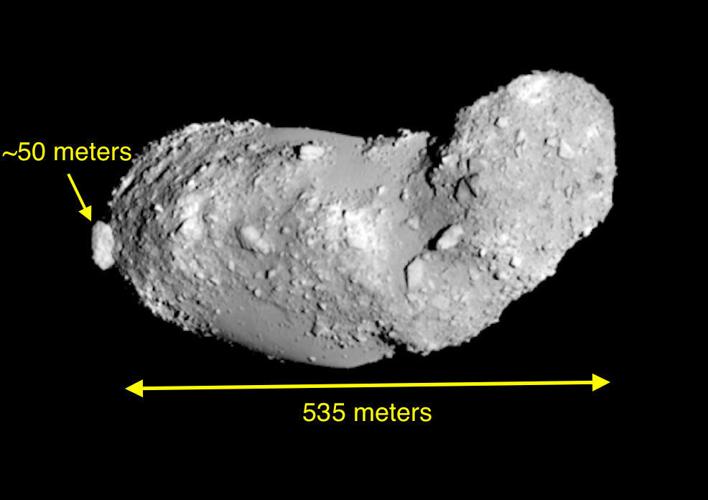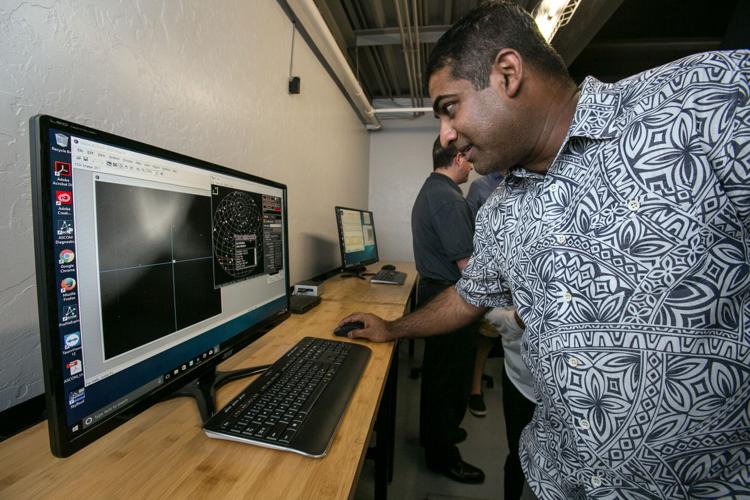What would our government do if a major asteroid was on a collision course with Earth?
The NASA Planetary Defense Coordination Office is responsible for organizing a worldwide effort in case of an impact threat. In the past, it has worked with other federal entities in tackling that question during tabletop exercises with hypothetical asteroids.
In the face of a doomsday scenario, solutions ranged from deflection of the asteroid to large-city evacuations to disaster relief.
But are we really prepared?
At one of these tabletop exercises held in January, Vishnu Reddy, assistant professor of planetary science at the University of Arizona’s Lunar and Planetary Laboratory, made a suggestion.
“I said, ‘Look, we always play this game of what will happen, but we never do a real-life scenario. How about we take real asteroid and act as if it’s going to hit the Earth and do a live exercise with a real object?’”
“They went for it,” said Reddy, who studies the behavior of space objects. “The plan is to exercise the entire system.”
Reddy will lead the TC4 Campaign, named after the target asteroid 2012 TC4.
They will, for the first time, run through the entire observational process of locating an actual near-Earth asteroid, tracking its orbit, analyzing its makeup and planning the response.
The European Southern Observatory in Chile kicked off the search this week.
“It’s like fantasy football,” Reddy said, but with much more at stake.
Asteroid 2012 TC4 is between 30- to 100-feet long, similar to the asteroid that burned-up over Chelyabinsk, Russia, on Feb. 15, 2013.
It is predicted to fly within 4,200 miles of Earth on Oct. 12, 2017. The exact distance will be determined once it is relocated by astronomers.
The asteroid was discovered five years ago by the Pan-STARRS 1 telescope in Hawaii, but over time, its orbital trajectory became less certain, as is normal for all asteroids.
Scientists know its location roughly, but once relocated, they will be able to predict its trajectory with precision.
“A big part of this is figuring out how the communication is going to work,” Reddy said. “Because it’s very important.”
This includes a complicated web of communication between scientists from various U.S. institutions, U.S. government agencies and international partners including the Japanese Space Agency, the Russian Academy of Sciences, the European Space Agency and the European Southern Observatory.
Reddy wants to take advantage of this as a learning experience. “So every time something bad happens, we don’t complain, we just take notes, because that’s lessons learned.”
This exercise will also include the Catalina Sky Survey on Mount Lemmon, which leads the world in the number of near-Earth asteroids discovered, as well as the Spacewatch Project, which tracks near-Earth asteroids.





